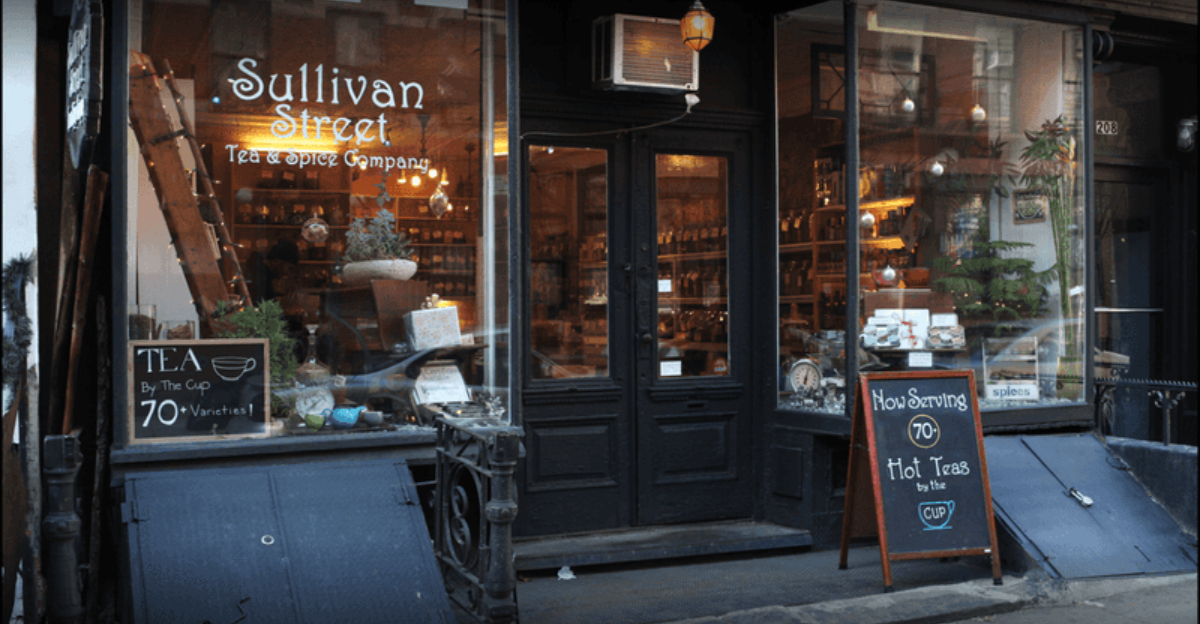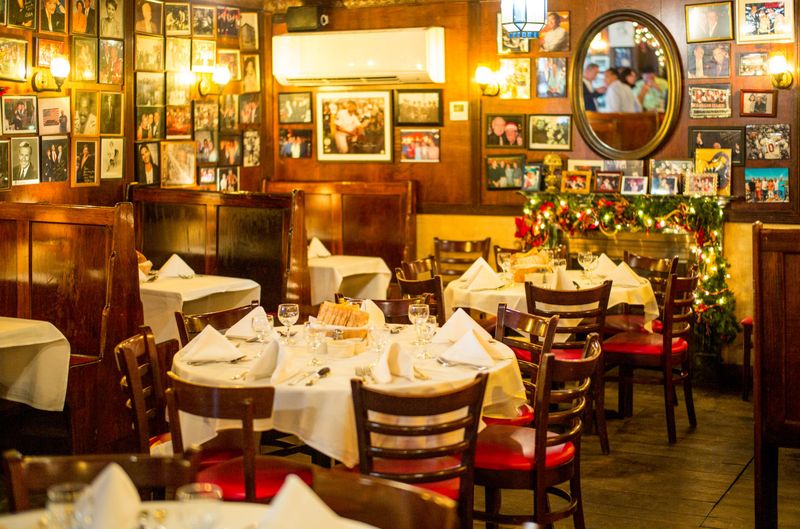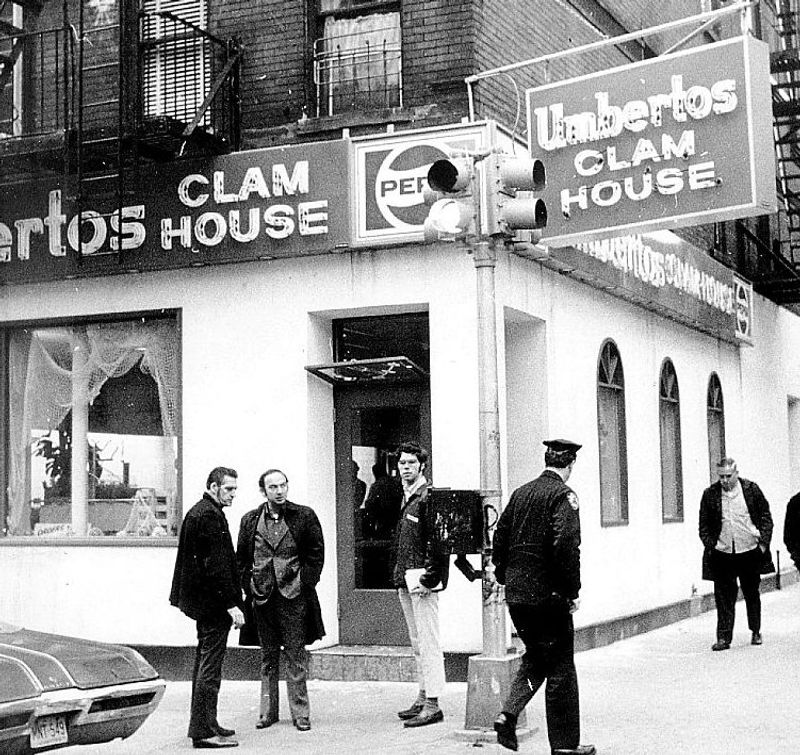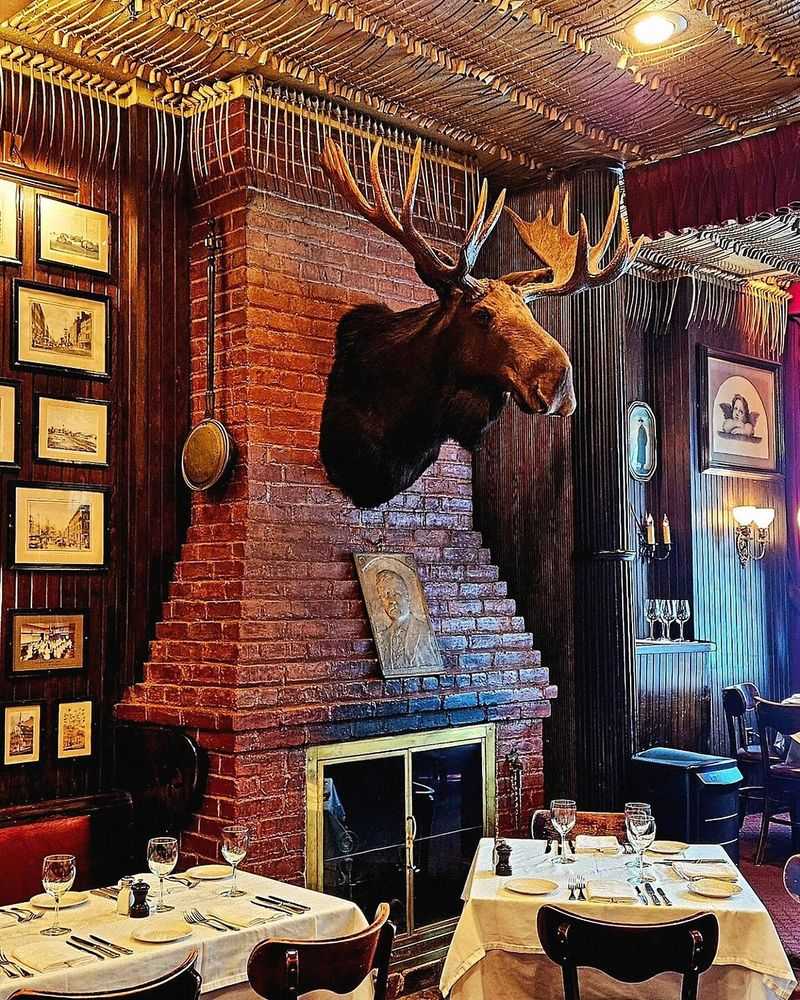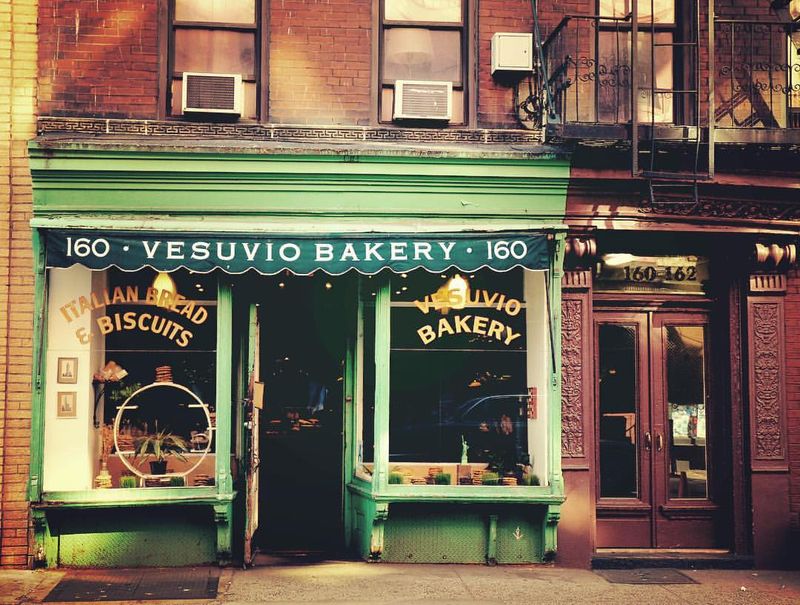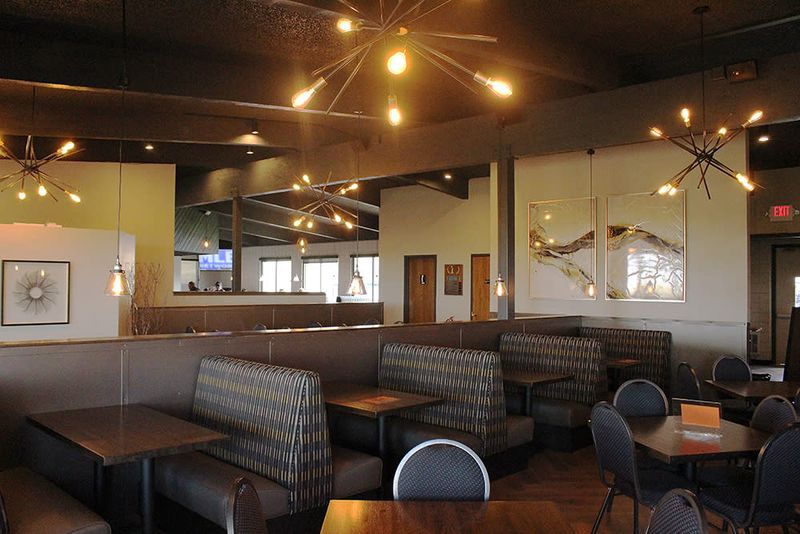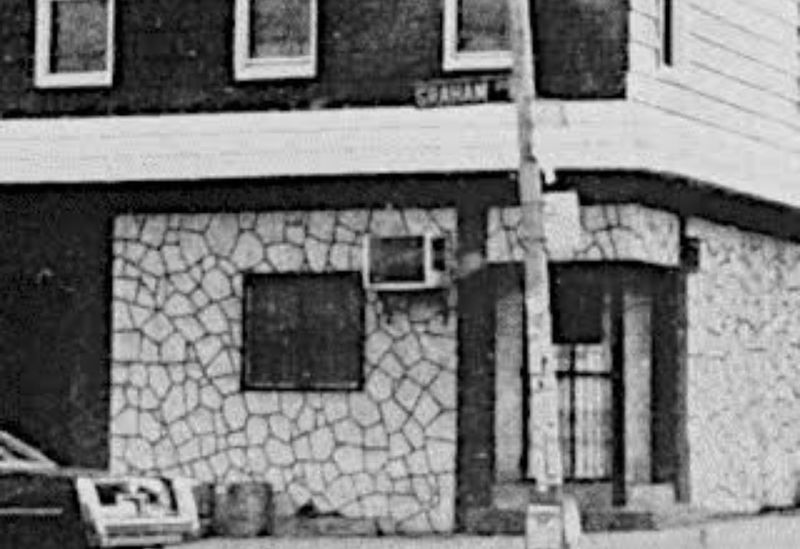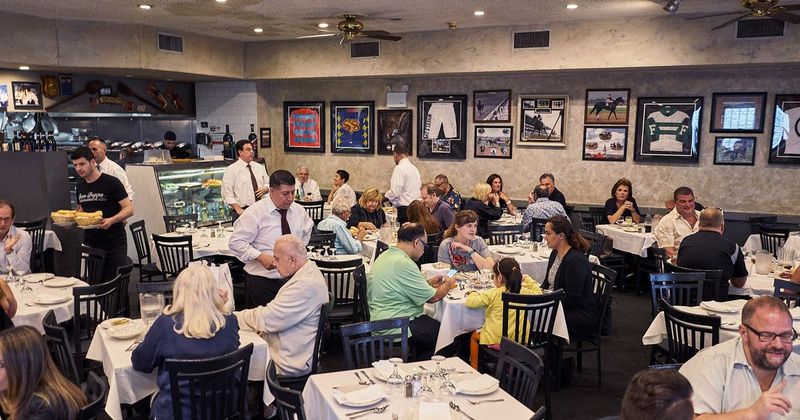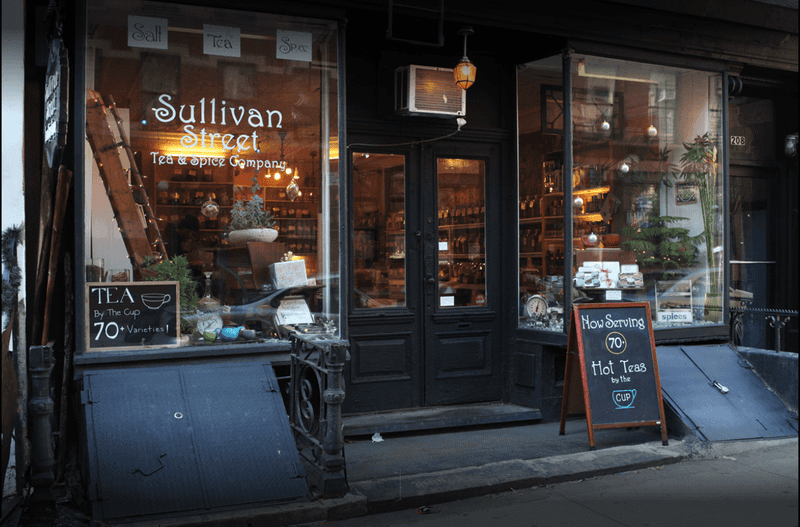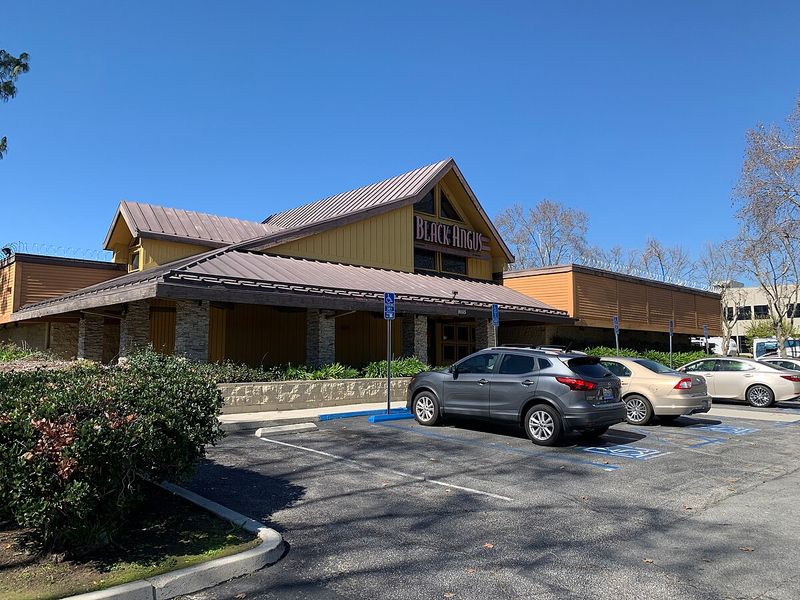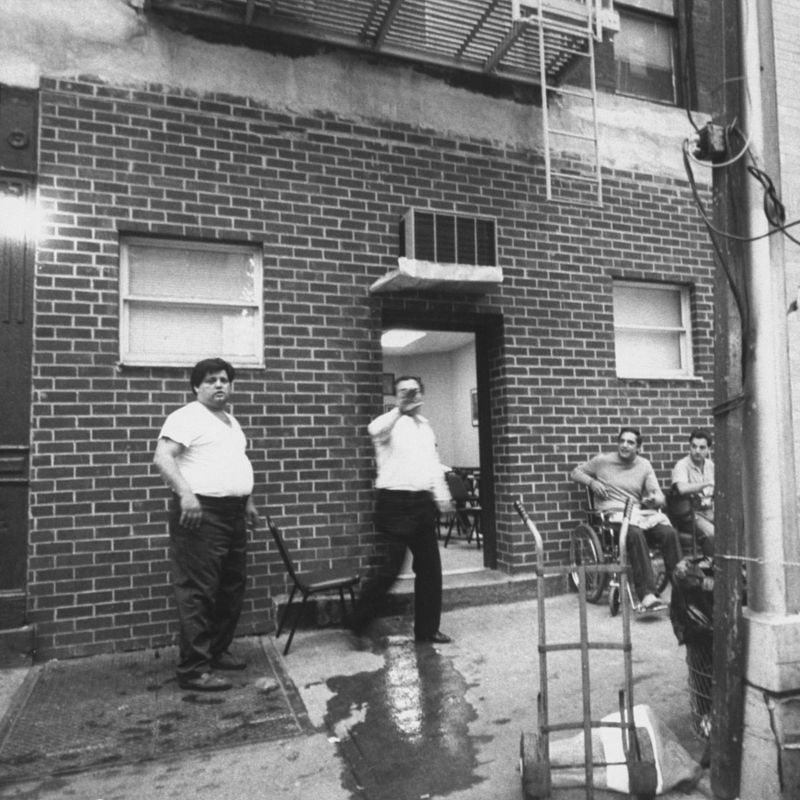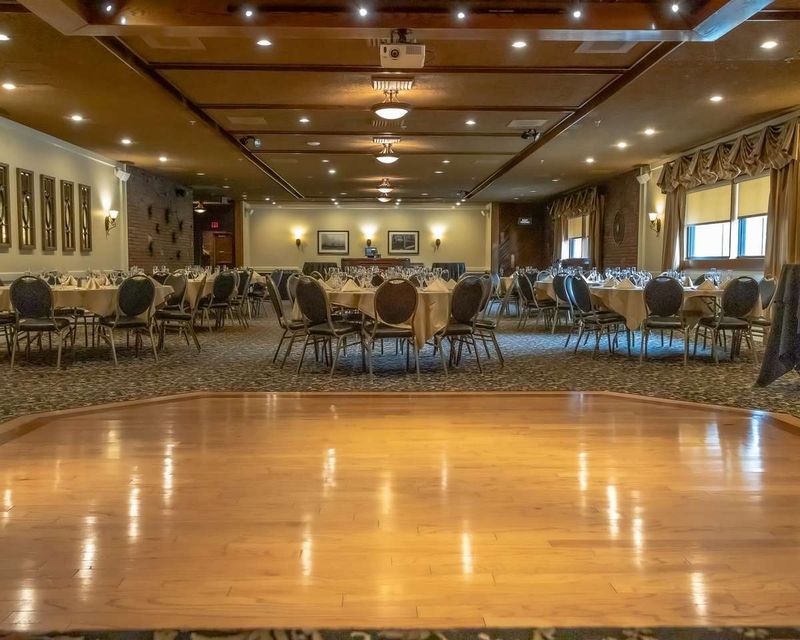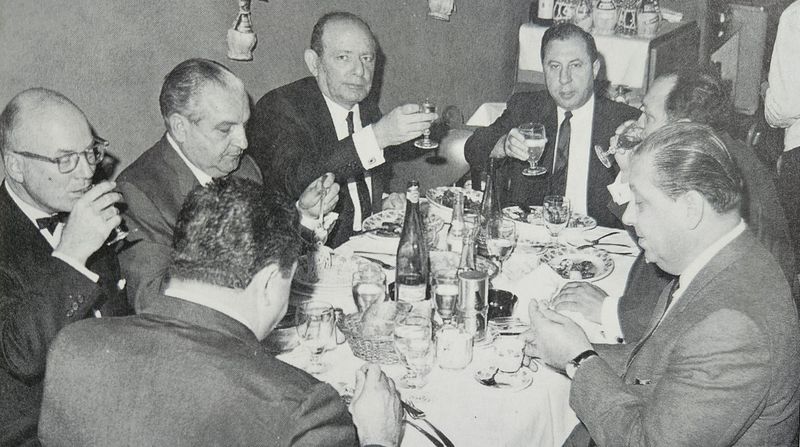Discover the hidden history of 15 restaurants that served as secret meeting spots for notorious mafia figures. These establishments were not just places to enjoy a meal, but also hubs of clandestine criminal activity. While some were known for their gourmet offerings, their true allure lay in the underworld connections they harbored. From New York to Los Angeles, these dining spots have stories as rich and complex as their dishes. Unveil the secrets behind these infamous restaurants that once played host to mob bosses, hitmen, and covert plots.
1. Rao’s (New York, NY) – The “Unhackable” Mob Hangout
Rao’s in New York was a place, frequented by members of the Genovese crime family. The restaurant was more than a dining spot; it was a status symbol. Known for its exclusivity, getting a table required more than just a reservation—it demanded connections. Celebrities and mobsters shared meals and stories within its walls. Frank Pellegrino, the owner, famously acknowledged, “We knew who was who,” hinting at the silent understanding among its patrons.
2. Umberto’s Clam House (New York, NY) – Gallo Brothers’ Last Stand
Umberto’s Clam House is etched in history for the dramatic 1972 shooting of “Crazy Joe” Gallo. This seafood joint witnessed an event straight out of a mob movie, where Gallo was gunned down mid-meal. Despite the chaos, the restaurant continued its operations, becoming infamous for its connection to this mob hit. The lobster-tinged air held whispers of rivalries and vendettas. Serving more than just clams, it served as a backdrop to one of the most notorious moments in mafia lore, marking a violent end to Gallo’s era.
3. The Bamboo Lounge (Brooklyn, NY) – John Gotti’s Early Hangout
In its heyday, the Bamboo Lounge was where John Gotti began weaving his criminal web. This Brooklyn venue was more than a watering hole; it was a cradle for Gambino associates. Whispered plans for rackets filled the air alongside the clinking of glasses. Yet, its allure proved deadly. A suspicious fire, rumored to be a result of mob disputes, consumed the lounge in flames. Its ashes left stories of deals made and trusts broken. While its physical presence vanished, the Bamboo Lounge remains a symbol of Gotti’s early rise.
4. Vesuvio Bakery (Brooklyn, NY) – Mobster Breakfast Spot
At Vesuvio Bakery, the scent of fresh bread mingled with the secrets of the Bonanno crime family. This seemingly innocent bakery was a favorite meeting spot for mobsters, where discussions over hits occurred as casually as conversations about the weather. Patrons savored cannoli, while FBI bugs caught snippets of incriminating evidence. Despite its charming exterior, Vesuvio was a nexus of criminal plotting. The bakery’s owner later faced charges of racketeering, cementing its legacy as more than just a purveyor of pastries, but a piece of mafia history.
5. The 19th Hole (New York, NY) – Colombo Family’s Golf-Themed Front
The 19th Hole combined leisure with lawlessness as Colombo family capos utilized this golf-themed restaurant to launder money. Its hidden back rooms buzzed with illicit gambling operations, beyond the prying eyes of the public. Patrons might have come for the ambiance, but the real game was played in secrecy. The atmosphere was deceptively relaxed, masking the high-stakes dealings that transpired. Its closure following a RICO case in the 2000s marked the end of its double life, leaving behind tales of cunning and corruption.
6. The Motion Lounge (Chicago, IL) – Al Capone’s Successors’ Den
In the heart of Chicago, The Motion Lounge stood as a testament to the legacy of Al Capone’s successors. The establishment, known for its connection to the Outfit, thrived as a hub for bookmaking and loan sharking. Beyond the bar lay a wiretap-proof room, safeguarding secrets from prying ears. This clever design ensured business remained discreet, even as the lounge buzzed with underworld activity. However, the owner’s mysterious disappearance after skimming profits added a layer of intrigue, leaving questions unanswered and stories untold.
7. Don Peppe (Queens, NY) – Witness Protection Favorite
Don Peppe, a Queens establishment, was more than just a restaurant; it was a refuge for those on the brink of betrayal. Gambino members found solace here before entering witness protection. Notably, Sammy “The Bull” Gravano dined at Don Peppe before testifying against John Gotti. Its legacy is intertwined with tales of courage and treachery. Today, it stands as a tourist attraction, allowing visitors to dine where history was made, amid whispers of its past patrons’ pivotal decisions. The restaurant remains open, preserving its infamous connection to mafia lore.
8. The Triangle Social Club (New York, NY) – “Restaurant” with No Food
Mystery shrouded The Triangle Social Club, where food was absent, but conversations were plentiful. This Lucchese family front operated under the guise of a restaurant, yet only served coffee. Within its walls, the air was thick with discussions of dubious deeds. For years, the FBI monitored this facade, viewing it as a hub of mob activity. The club’s simplicity belied its true nature, as a place where plans were hatched and alliances forged. Its unassuming exterior concealed the weight of its clandestine operations, a silent witness to history.
9. The Black Angus (Los Angeles, CA) – Mickey Cohen’s Steakhouse
The Black Angus in Los Angeles was more than a steakhouse; it was Mickey Cohen’s turf. This venue served as a stage for high-stakes dealings and Hollywood bribes. Amid the aroma of sizzling steaks, mob discussions shaped the future of many. The restaurant’s history is punctuated by an assassination attempt on Cohen himself, who survived a parking lot shooting. Despite its later transformation, The Black Angus remains etched in mob history, a symbol of Cohen’s influential reach within the criminal and entertainment worlds.
10. The Ravenite Social Club (New York, NY) – Gotti’s Downfall
The Ravenite Social Club, infamous for its role in John Gotti’s eventual downfall, served as the Gambino family’s headquarters. Within its walls, Gotti’s confidence became his undoing, as the FBI’s hidden bugs captured conversations that led to his conviction. The club’s unassuming appearance belied the significant power plays that unfolded inside. This was where Gotti’s bravado met its match in federal surveillance. Today, the Ravenite stands as a cautionary tale, reminding of the fine line between infamy and incarceration in the mob world.
11. The Fireside (Chicago, IL) – Mafia Wedding Central
The Fireside, a Chicago fixture, was a favored venue for mafia weddings and clandestine meetings. Its elegant decor masked the covert activities that took place within. A secret back exit provided quick escapes for those needing to vanish without a trace. The hall’s history is dotted with unsolved murders linked to its guests, adding to its mystique. Beyond the celebrations, it was a nexus for connections and conspiracies. The Fireside’s legacy endures, reflecting the dual nature of its grandeur and the dark dealings it concealed.
12. La Stella (Brooklyn, NY) – Scarpa’s Murder Planning Spot
La Stella, nestled in Brooklyn, was a venue where Colombo hitman Greg Scarpa Sr. plotted his infamous hits. The restaurant’s waiters were more than servers; they were armed lookouts, guarding the secrets shared within. Its closure following Scarpa’s arrest marked the end of an era for this mob haven. Patrons enjoyed meals under the guise of normalcy, while in reality, the restaurant was a stage for orchestrating violence. La Stella’s tale of intrigue and betrayal remains etched in the annals of New York’s mob history.
